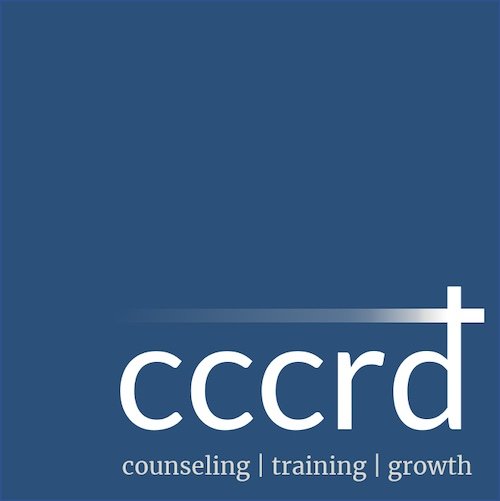How Psychological Theories Apply to Therapy
One day in a graduate class on psychological theories, my professor handed out a sheet of paper with numbers listed in seemingly random order and placement. Some letters were big, others were small, and there was no clear organization to be seen.
Can you detect a pattern?
The professor told us that we would have one minute to circle as many numbers as we could, starting with 1 and going in order. I looked frantically all over the page, finding one, then two, eventually three, and so on. I think I got up to six.
We then discussed as a class why it was difficult to circle the numbers quickly: there was no discernible pattern, the numbers seemed to be in a random spattering, and with each new number you had to basically start your search anew.
After some discussion, the professor then asked us to draw horizontal and vertical lines that converged in the center. Then, he said, we were to look in each of the four quadrants in a clockwise motion. Suddenly it became clear; the numbers weren’t, in fact, entirely in random order. The top right quadrant held 1, the bottom right 2, the bottom left 3, the top left 4, and so on. Adding structure (the horizontal and vertical lines and the instruction to go clockwise) made finding the right numbers easier and faster. Adding a structure helped the numbers make sense!
Psychological theories provide a structure
Move clockwise from the top-right
The assortment of “random” numbers was an exercise in using psychological theories in the work of therapy. At first glance, the events and symptoms of our clients might, like the numbers, look random and unrelated. With a bit of structure, however, we might find that these things aren’t so random after all. While the theories don’t always tell you exactly where to go or what to look for, they do give some direction and an idea of what the next step might look like.
I looked at psychological theories in a new light after that class. Theories didn’t have to be rigid prescriptions of exactly what is going on in a client. Instead, they were a place to begin, a tool to help you know where to look to potentially figure out what a person’s going through.
The many theories and therapies out there
If you look at various therapists on the internet, you’ll find a huge list of “types of treatment” or “modalities” that therapists say they use or specialize in. This is because there are lots of different ways to help people, various treatments that are particularly helpful for specific problems, and theories that therapists take on as “their own.”
An example is that many of the counselors here at CCCRD utilize psychodynamic counseling. Many of us find that examining our clients’ past and present experiences, as well as utilizing metaphors and showing curiosity toward their symptoms, provide that framework for sifting through the complicated, jumbled human stuff. It helps us become aware of what we’re working with and gives us an idea of what healing or transformation might entail.
Therapists use theory to examine, understand, and help clients navigate their lives, whether that theory is psychodynamic, cognitive-behavioral, emotionally-focused, humanistic/Rogerian, existential—whatever it may be. They draw us a map and give us some things to look out for along the way.
What theory should I look for in a therapist?
With so many types of therapies and theories out there, what kind is best for me? It’s a good question. Here are some thoughts.
Find what interests you. If you’re intrigued by psychological theories, do some research and self-reflection to see what you think might be helpful. I would suggest running your findings by your therapist if you already have one; even if they don’t utilize or aren’t skilled in the type of theory you find, the discussion about what you’re hoping for out of therapy can be incredibly fruitful.
Give one a shot. The fact that there are so many theories shows that there are many different ways to think about what’s going on inside a person. There is not one exhaustive psychological theory that covers absolutely everything, solves all our problems, or is without weaknesses. Jumping into one with a qualified mental health professional will almost certainly reveal something about you and what you’re going through.
Examine the therapeutic relationship. The therapeutic alliance—the working relationship between the therapist and client—is widely considered the most effective part of therapy across modalities [1]. This part is similar to Paul’s declaration in 1 Corinthians 13: “If I have not love, I am nothing!” If a therapist is the most qualified and intelligent in a modality, but they have not love (or, the dynamic, alive, safe relationship between counselor and client), their theory is nothing.
Psychological theories are valuable tools that assist therapists in their pursuit to heal and transform clients. When utilized well they can help therapists conceptualize what’s going on in and around their client, and what the next step might be to fuller, healthier functioning.
[1] Allison L. Baier, A.L., Kline, A.C., & Feeny, N.C. (2020). Therapeutic alliance as a mediator of change: A systematic review and evaluation of research, Clinical Psychology Review, Volume 82. https://doi.org/10.1016/j.cpr.2020.101921



